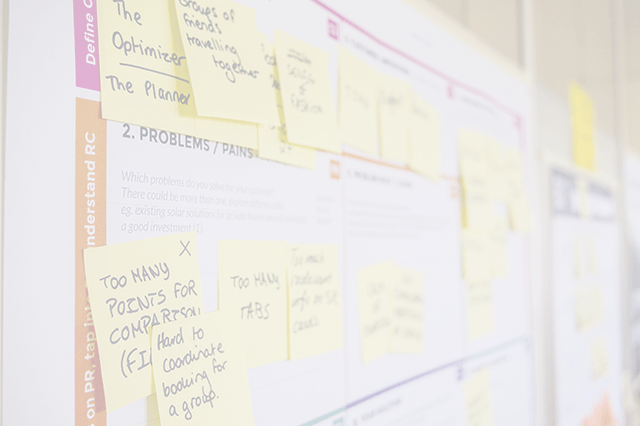Minimum Viable Product [MVP]
MVP or Minimum Viable Product is often misunderstood, and confused with MCF - Minimum Crappy Feature. Where MCF is the minimum version of a product or feature that a customer could live with, Minimum Viable Product is intended to focus on the team learning from customer use of their feature/experiment.
Eric Ries (creator of the Lean Startup concept), defined it as “that version of a new product which allows a team to collect the maximum amount of validated learning about customers with the least effort.” So it’s not about sales, it’s about understanding what the customer needs.
Many groups ignore the key points of an MVP: - It is instrumented to gather data - e.g. what actions does the user take? - It is designed for learning and is not the final version of the feature, just one we can learn from. - The experiments don’t need to be large or even involve writing code.
In our CSPO class we explore a number of approaches like Fake Door and Wizard of Oz, where the feature is incomplete or entirely absent but the team still learn.
Let’s stop using MVP as an excuse to push ill-considered features out the door. (FWIW, the proper name of MCF - Minimum Crappy Feature is MMF - Minimum Marketable Feature).
Resource Links
- The Art of Prototypes and Building MVPs
- Enterprise Lean Startup Experiment Examples
- Finding the Truth Behind Minimum Viable Products
- How to Choose the Right Product Validation Technique in Scrum
- Lessons Learned: Minimum Viable Product: a guide
- Eric Ries - Making sense of MVP (Minimum Viable Product)
- Minimum Viable Product: a guide
- Minimum Viable Product: The ultimate guide for building MVP in 2022
- Minimum Viable Product Examples
- Minimum Viable Products for Enterprises
- Straightforward Tactics for Testing Minimum Viable Product
- Using Structured Conversations to Discover Your MVP
- What does MVP Stand for? Minimum Viable Product Examples
- What is a Minimum Viable Product (MVP)? - Agile Alliance
- What is a Minimum Viable Product (MVP) - Ash Maurya
